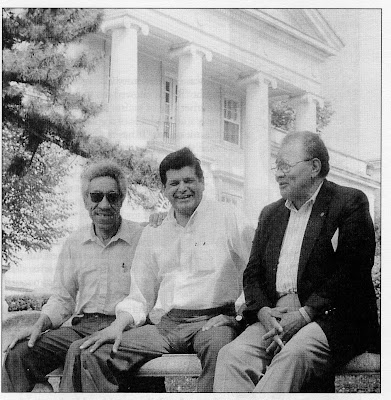
[From College Days, 5. Nov. 1929]
TRACY CAPTURES THE FLOAT AWARD
’29 HOMECOMING FLOATS SHOW IMPROVEMENT OVER PREVIOUS ATTEMPTS
The annual Homecoming parade featured by numerous floats of every sort, traveled up and down Watson st. [sic] to a successful close. Led by the Boy Scouts and the local high school band, the parade took on a stirring aspect.
Floats of every description were present. The prize winning floats were submitted by Tracy and Duffie, who took first and second prizes, respectively.
Tracy’s was a burial ground mounted on a truck, which was followed by six men carrying a casket. It bore the inscription, “in memory of Carroll.” Duffie offered a mounted zeppelin which was accompanied by the words, “Take Carroll for a ride.”
Merriman and Lyle were represented by huge telephones and accompanying signs reading, “Calling Carroll’s bluff.” Bartlett’s “Carroll wedded to de-feet,” was portrayed by a bride and groom. The bride represented Carroll, and the groom whose feet were gigantic, represented defeat. Sanford presented an operating room with Carroll on the operating table. Gore reigned supreme. The inscription was, “Will Carroll pull through?” Parkhurst portrayed “Ripon on Top,” by a huge football mounted on a car. Several girls carrying smaller footballs walking beside and in back of the car. Woodside’s contribution was a gigantic nut cracker bearing the words, “Crack the Carroll jinx.” Smith offered a large reproduction of the little schoolhouse where the Republican party was born. On the roof of the building were the words, “The hunting ground of the Redmen.”
This year’s homecoming float and vehicle decorating contest will take place on Saturday, October 3rd at 11AM in the quads. Stop by to see the floats and stick around to see Ripon take on Carroll at 1PM at Ingalls Field. (Ripon beat Carroll in 1929, 20-6. Go Redhawks!)




 (1965 Ripon College Commencement Program)
(1965 Ripon College Commencement Program)